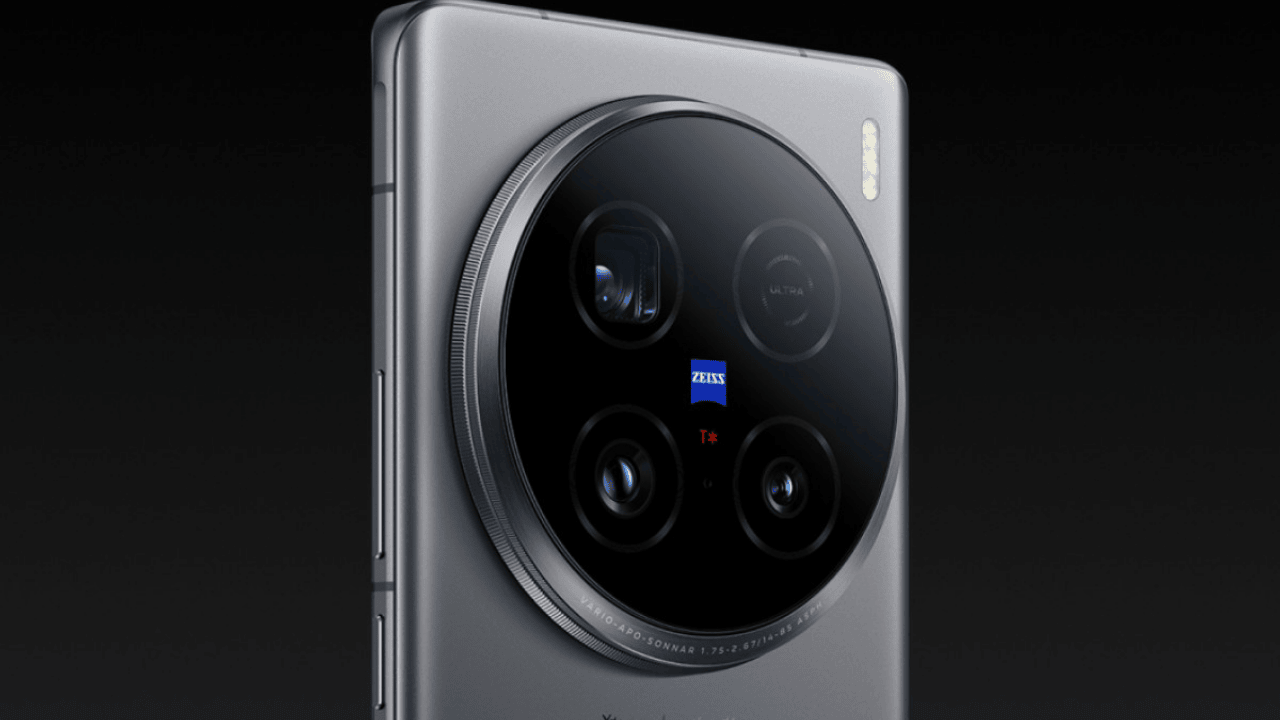Vivo has introduced two powerful smartphones in its premium lineup – the Vivo X200 Ultra and Vivo X200s. The X200 Ultra stands out with a groundbreaking 200MP telephoto lens, Qualcomm’s latest Snapdragon 8 Elite chipset, and a massive 6000mAh battery. On the other hand, the X200s offers a well-rounded package with MediaTek’s Dimensity 9400+ processor, triple rear cameras, and a slightly more budget-friendly approach.
Both devices are designed to offer flagship-level features, strong performance, and cutting-edge photography capabilities. While the X200 Ultra aims at users who want top-tier specs and innovation, the X200s is a solid mid-premium option with powerful features at a relatively lower cost.
Vivo X200 Ultra – The Premium Powerhouse

Display
The Vivo X200 Ultra features a large 6.82-inch QHD+ LTPO AMOLED display with a super-smooth 120Hz refresh rate. It supports HDR10+, Dolby Vision, and delivers crisp visuals with a resolution of 3168 x 1440 pixels. The screen also includes P3 wide color gamut and offers an impressive 93.3% screen-to-body ratio, ensuring an immersive viewing experience for videos, gaming, and more.
Performance
Powering the device is the latest Snapdragon 8 Elite chipset, paired with Adreno GPU for enhanced graphics. The X200 Ultra comes with 16GB LPDDR5x RAM and up to 1TB UFS 4.1 storage, which makes it an ideal choice for power users and gamers. It runs on Android 15 with Vivo’s custom OriginOS, offering a clean and user-friendly experience.
Camera
The highlight of the Vivo X200 Ultra is its camera setup. It boasts a 50MP main sensor with OIS, a 50MP ultra-wide lens, and a stunning 200MP periscope telephoto camera, designed to capture sharp, detailed shots even from a distance. For selfies, you get a 50MP front camera. Vivo has also equipped this device with VS1 AI and V3+ imaging chips to further enhance photo and video quality.
Battery
With a 6000mAh battery, the X200 Ultra promises all-day usage without breaking a sweat. It supports 90W wired fast charging and 40W wireless charging. Vivo also includes bypass charging to prevent overheating during intense gaming sessions or while charging.
Extra Features
The phone supports 5G, Wi-Fi 7, Bluetooth 5.4, USB Type-C, and has built-in GPS. It also includes an in-display 3D optical fingerprint sensor and carries an IP68/IP69 rating for water and dust resistance.
Vivo X200s – A Balanced Performer
The Vivo X200s sports a slightly smaller 6.67-inch FHD+ BOE display with a 120Hz refresh rate and 2800 x 1280 pixel resolution. It comes with a 20:9 aspect ratio and brightness levels that peak at 5000 nits, providing clear visibility even under direct sunlight. The 94.3% screen-to-body ratio adds to the phone’s sleek look.
Under the hood, it’s powered by the MediaTek Dimensity 9400+ chipset, supported by Immortalis-G925 GPU for smooth graphics performance. It also packs up to 16GB RAM and 1TB UFS 4.1 storage. Just like the Ultra variant, it runs on Android 15 with OriginOS.
On the rear, the Vivo X200s includes a 50MP main camera, a 50MP ultra-wide lens, and a 50MP telephoto sensor with 3x zoom, offering versatile photography options. For selfies and video calls, there’s a 32MP front camera that delivers crisp image quality.
The X200s is backed by a 6200mAh battery, slightly larger than the Ultra’s, and supports 90W wired and 40W wireless fast charging. It also features an in-display 3D fingerprint sensor for security.
Pricing and Availability
- Vivo X200s starts at CNY 4,199 (approx. ₹49,200) and will be available in Jane Black, Mint Blue, Lavender, and White colors. Pre-orders are already open, with the first sale in China scheduled for 25th April.
- Vivo X200 Ultra is priced from CNY 6,499 (approx. ₹76,000) and comes in Red, Silver, and Black variants. The first sale is set to begin on 29th April in China.
These latest additions from Vivo reflect its focus on camera innovation, battery performance, and cutting-edge hardware. Whether you go for the flagship Ultra or the feature-rich X200s, both phones are geared to meet the needs of today’s demanding smartphone users.